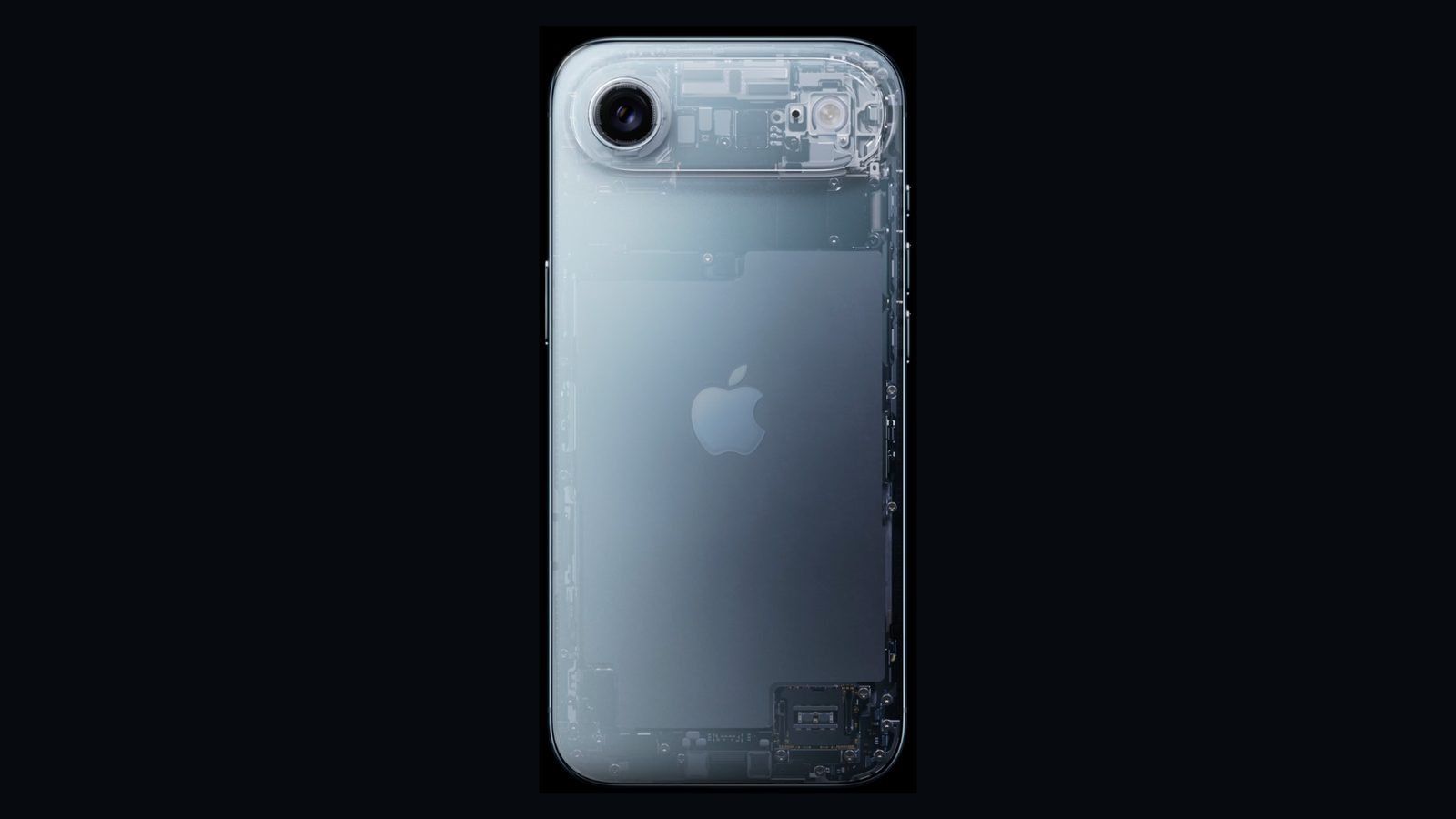Summary
iPhone Air is Apple’s thinnest iPhone yet—thin and surprisingly sturdy.
Thin single‑plane layout reduces component stacking; USB‑C and other parts are modular and easier to replace.
The battery is easily accessible and even swappable with the one in the Air MagSafe pack, effectively doubling capacity.
The iPhone Air is arguably Apple’s thinnest iPhone to date. And despite the fact that there are some shortcomings compared to other iPhones, it’s thin and surprisingly sturdy, which is the whole point of it. As it turns out, the thinness actually means this iPhone is more repairable than usual.
iFixit has gotten hands-on and tools-deep into the iPhone Air, and came up with some surprising conclusions. This iPhone actually appears to be more repairable than your typical iPhone—because the design is thinner, components are more modularized, and there isn’t as much component stacking as there usually is. To achieve thinness, you can’t really go fancy on components or processes, so Apple was forced to simplify things as much as it could. The top portion of the device—the camera bump—houses the main logic board and its associated electronics, including the camera system. In contrast, the bottom half of the phone’s chassis is almost entirely dedicated to the battery. If all you need is to reach the battery, it’s relatively simple to do so without having to take apart a lot of stuff.
Ironically, the phone’s extreme thinness appears to have been a key design constraint that forced a more repair-friendly phone. Because there was no vertical space to stack components on top of each other, engineers were forced to lay everything out on a single plane. This makes individual parts easier to identify, access, and remove compared to more densely packed devices. And a lot of components, such as the USB-C port, are modular and easy to replace.
iFixit is giving the phone a provisional repair score of 7/10, presumably pending a more detailed teardown/reassembly process. And there are some cool takeaways from this teardown, even as it’s a quick one. The phone has a “dual-entry” design, meaning it can be opened from the back glass as well as through the screen. The battery is not only easily accessible but is the exact same one found in the iPhone Air MagSafe battery pack. It can be physically swapped between the phone and the pack and will function. If the self-repair program didn’t exist, this would actually be a pretty good way to secure yourself a new OEM battery replacement, and it also means the battery capacity with the battery pack is actually exactly double. Not bad. Good to know since the battery is pretty small and will wear out faster from more frequent charging.
You can watch the full teardown on iFixit’s channel, but I’d argue it’s repairable enough to make a lot of people buy this phone over others. It’s that good.

